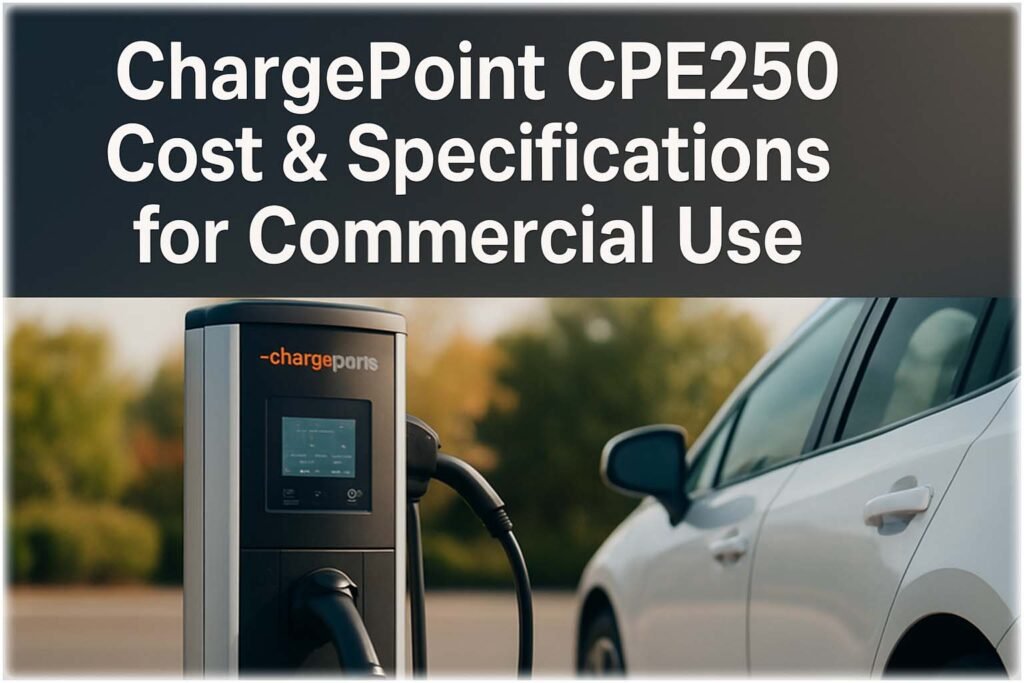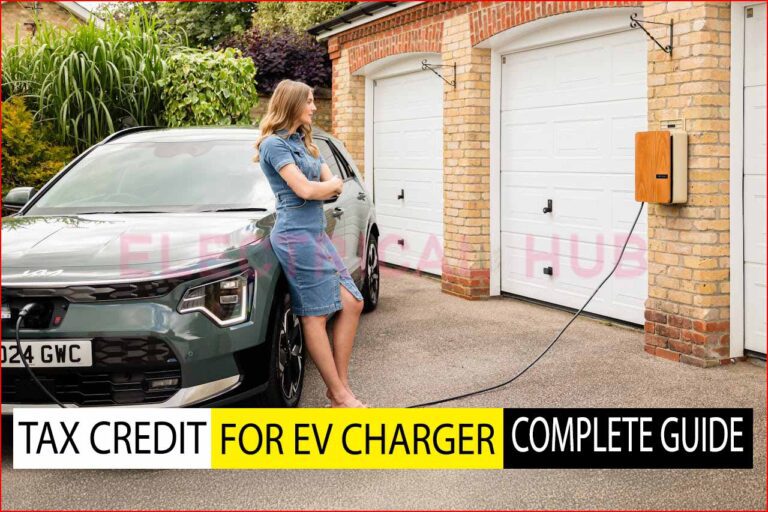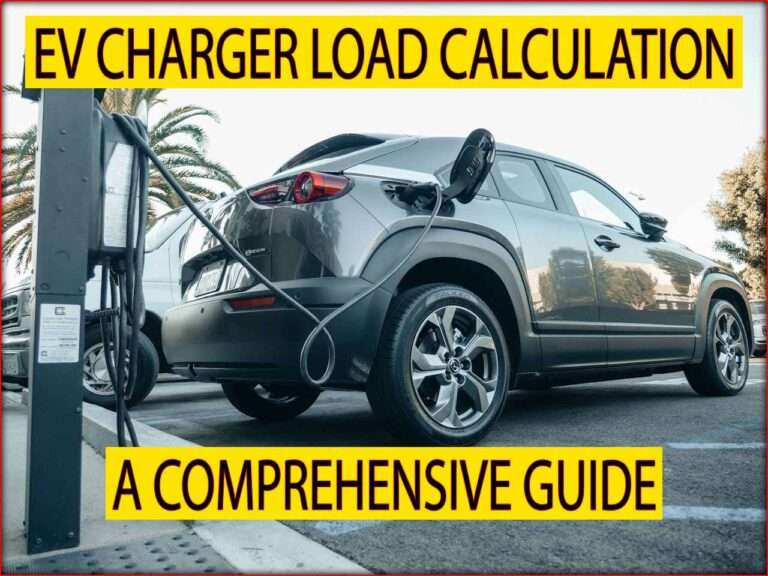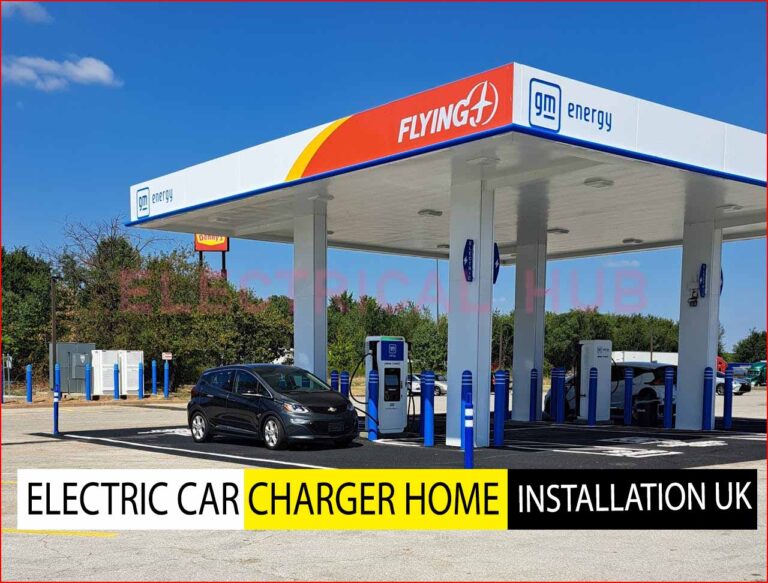ChargePoint CPE250 Cost & Specifications for Commercial Use: Quick Guide
The electric vehicle (EV) revolution is accelerating worldwide, and commercial businesses are catching up quickly. Whether you run a shopping mall, fleet station, corporate parking, or highway service area, having reliable EV charging infrastructure is now a necessity. Among the most popular commercial DC fast chargers is the ChargePoint CPE250. Known for its advanced technology, scalability, and energy efficiency, it is one of the best investments for future-ready EV charging infrastructure.
Before deciding on installation, it’s crucial to understand the ChargePoint CPE250 cost and specifications for commercial use. This article provides a detailed look at everything; from pricing, technical details, installation requirements, performance, and real-world applications. So you can make an informed business decision.
Table of Contents
Table of Contents

The ChargePoint CPE250 isn’t just a charger; it’s a business opportunity. It allows commercial property owners to attract EV drivers, improve sustainability goals, and generate additional revenue. This fast charger supports both CCS and CHAdeMO connectors, making it compatible with almost all modern EVs. Businesses that adopt this system early stand out as forward-thinking and environmentally conscious.
Key Takeaways
- ChargePoint CPE250 cost and specifications for commercial use make it ideal for high-traffic commercial locations.
- Offers up to 62.5 kW DC fast charging per unit, and 125 kW when paired.
- Suitable for fleet operations, retail locations, and workplaces.
- Networked smart features enable remote monitoring, billing, and energy management.
- Long-term ROI is high due to scalability, low maintenance, and utility incentives.
Know more about EV Charging Station Installation Costs in Ocala, FL: Best Guide
Understanding ChargePoint CPE250 Cost & Specifications for Commercial Use
The ChargePoint CPE250 is designed as a modular DC fast charger for commercial and fleet environments. It’s part of ChargePoint’s Express Plus platform, which allows flexibility in setup — you can start small and expand later. Each CPE250 unit can deliver up to 62.5 kW, but when two are paired, the combined output can reach 125 kW.
This design flexibility helps businesses optimize energy use and installation cost. It’s especially beneficial for companies that plan to expand their charging infrastructure in the future without replacing existing hardware.
ChargePoint CPE250 Technical Specifications
Below is a detailed table summarizing the ChargePoint CPE250 specifications for commercial use:
| Parameter | Specification |
|---|---|
| Model | ChargePoint CPE250 |
| Charger Type | DC Fast Charger (Level 3) |
| Output Power | 62.5 kW per unit / 125 kW paired |
| Input Voltage | 480V AC, 3-phase |
| Output Voltage Range | 200–1000 V DC |
| Output Current | Up to 156 A |
| Connector Types | CCS1, CHAdeMO |
| Cable Length | 12 ft (3.6 m) standard |
| Operating Temperature | -30°C to +50°C |
| Network Connection | Ethernet, 4G LTE |
| Mounting Type | Pedestal or wall-mount |
| Dimensions (HxWxD) | 2133 mm × 864 mm × 483 mm |
| Weight | 330 kg (approx.) |
| Safety Standards | UL, CE certified |
| Warranty | Up to 5 years (extendable) |
These specifications show that the CPE250 is engineered for performance, safety, and long-term reliability. It’s robust enough for outdoor installation and supports advanced cooling for continuous operation even in high temperatures.
Know more about EV Charger Load Management System: A Guide for Multi-Unit Properties
ChargePoint CPE250 Cost for Commercial Installations
When evaluating ChargePoint CPE250 cost and specifications for commercial use, cost plays a crucial role in investment planning. Pricing can vary based on configuration, site preparation, and utility connection.
The average cost of ChargePoint CPE250 ranges between $35,000 to $45,000 per unit. When two units are paired for higher output (125 kW), the total system cost may go up to $70,000–$80,000, including hardware.
However, installation and site work often add significant expenses. Factors like trenching, electrical panel upgrades, conduit installation, and permitting can bring the total installed cost to around $90,000–$120,000 per site.
| Cost Component | Estimated Price (USD) |
|---|---|
| CPE250 Charger Unit | $35,000 – $45,000 |
| Dual Configuration (Paired) | $70,000 – $80,000 |
| Installation & Electrical Work | $20,000 – $40,000 |
| Networking & Commissioning | $5,000 – $10,000 |
| Total Estimated Cost | $90,000 – $120,000 |
This may seem high, but many commercial sites offset the cost through EV charging incentives, tax credits, and utility rebates. Programs in the U.S. like the NEVI funding, state energy grants, and utility incentives can reduce upfront cost by 30–60%.
Why Businesses Choose the ChargePoint CPE250
The ChargePoint CPE250 cost and specifications for commercial use are justified by the value it brings. Businesses that install these fast chargers attract more EV drivers, especially in locations with heavy traffic or long dwell times. Drivers can charge up to 80% of their EV battery in about 30–45 minutes, which is ideal for retail, hospitality, and fleet depots.
Moreover, the CPE250 supports dynamic power sharing, meaning energy can be distributed efficiently between two vehicles. This optimizes grid usage and reduces energy costs.
Another advantage is ChargePoint’s network integration. Businesses get real-time data on energy consumption, charger usage, and revenue reports. Remote diagnostics and software updates ensure minimal downtime and better user experience.
Know more about Workplace EV Charging Station Incentives & Grants in the UK
Key Business Benefits
- Scalable Infrastructure: Start with one or two units and expand as EV demand grows.
- Smart Management: Real-time monitoring through ChargePoint cloud network.
- Brand Image: Shows environmental commitment and innovation.
- Revenue Generation: Set custom pricing, offer subscriptions, or provide free charging to increase customer retention.
- Compatibility: Works with most EVs on the market, ensuring universal accessibility.
ChargePoint CPE250 Performance in Real-World Applications
In practice, the ChargePoint CPE250 has proven efficient in commercial and public charging networks. For example, highway service stations use paired 125 kW configurations to allow faster turnaround for multiple vehicles. Fleet operators, such as delivery services and taxi companies, appreciate the reliability and consistent output, which ensures vehicles remain operational with minimal downtime.
Additionally, the power efficiency of over 95% helps reduce energy waste, contributing to lower operational costs. The charger’s modular design also simplifies maintenance — defective modules can be replaced without full system downtime.
Installation Requirements for ChargePoint CPE250
Installing a ChargePoint CPE250 for commercial use requires careful site planning. Each unit needs a 480V three-phase power supply and sufficient space for safe operation. The pedestal or wall-mount options allow flexibility based on location design.
It’s essential to coordinate with a certified ChargePoint installer to ensure proper electrical load management and compliance with local building codes. Many sites also integrate solar panels or battery energy storage to balance grid usage and further lower costs.
Environmental durability is another key feature. The CPE250 is weatherproof, with IP-rated protection and a wide operating temperature range. This ensures performance reliability across all climates — from cold northern regions to hot deserts.
Know more about Best EV Chargers for Hotels & Guest Accommodations [Commercial Grade]
Return on Investment (ROI) and Payback
Although the upfront ChargePoint CPE250 cost may appear high, the long-term ROI can be impressive. Commercial operators can generate steady income through pay-per-use models. Depending on utilization rates and electricity pricing, the typical payback period ranges from 3 to 5 years.
Adding network features like dynamic pricing, idle fees, and membership plans further enhances revenue. Many businesses also benefit from indirect returns, such as increased foot traffic, brand value, and customer satisfaction.
| ROI Factor | Estimated Impact |
|---|---|
| Increased Foot Traffic | +15–25% |
| Customer Retention | +10–20% |
| Energy Efficiency Savings | Up to 15% |
| Typical Payback Period | 3–5 years |
Future-Proofing with ChargePoint CPE250
As EV adoption continues to grow, the demand for fast charging infrastructure will surge. The ChargePoint CPE250 cost and specifications for commercial use make it one of the most future-proof options on the market. It’s designed to support upcoming vehicle technologies with high-voltage capabilities (up to 1000V), ensuring compatibility with next-generation EVs.
Businesses that invest in this solution now position themselves ahead of the curve. The CPE250 offers a balance of performance, scalability, and smart energy management — ideal for commercial growth.
Know more about Best Outdoor Rated EV Chargers for Australian Weather
Conclusion
The ChargePoint CPE250 cost and specifications for commercial use reveal a powerful, efficient, and scalable EV fast charging solution. With its 62.5–125 kW output, smart network management, and robust design, it stands out as a reliable choice for commercial and fleet applications.
Although the upfront investment is considerable, the long-term financial and environmental benefits make it a strong business case. With government incentives and the rising EV market, now is the ideal time for businesses to invest in the ChargePoint CPE250 and lead the shift toward sustainable transportation.
Follow Us on Social:
Subscribe our Newsletter on Electrical Insights to get the latest updates in Electrical Engineering.
#ChargePointCPE250, #EVChargingStations, #CommercialEVCharging, #FastEVChargers, #DCFastCharger, #ChargePointCommercial, #EVInfrastructure, #EVChargingSolutions, #SustainableTransport, #EVChargingNetwork, #ElectricVehicles, #GreenEnergy, #FleetCharging, #EVChargerInstallation, #CleanEnergyTech






